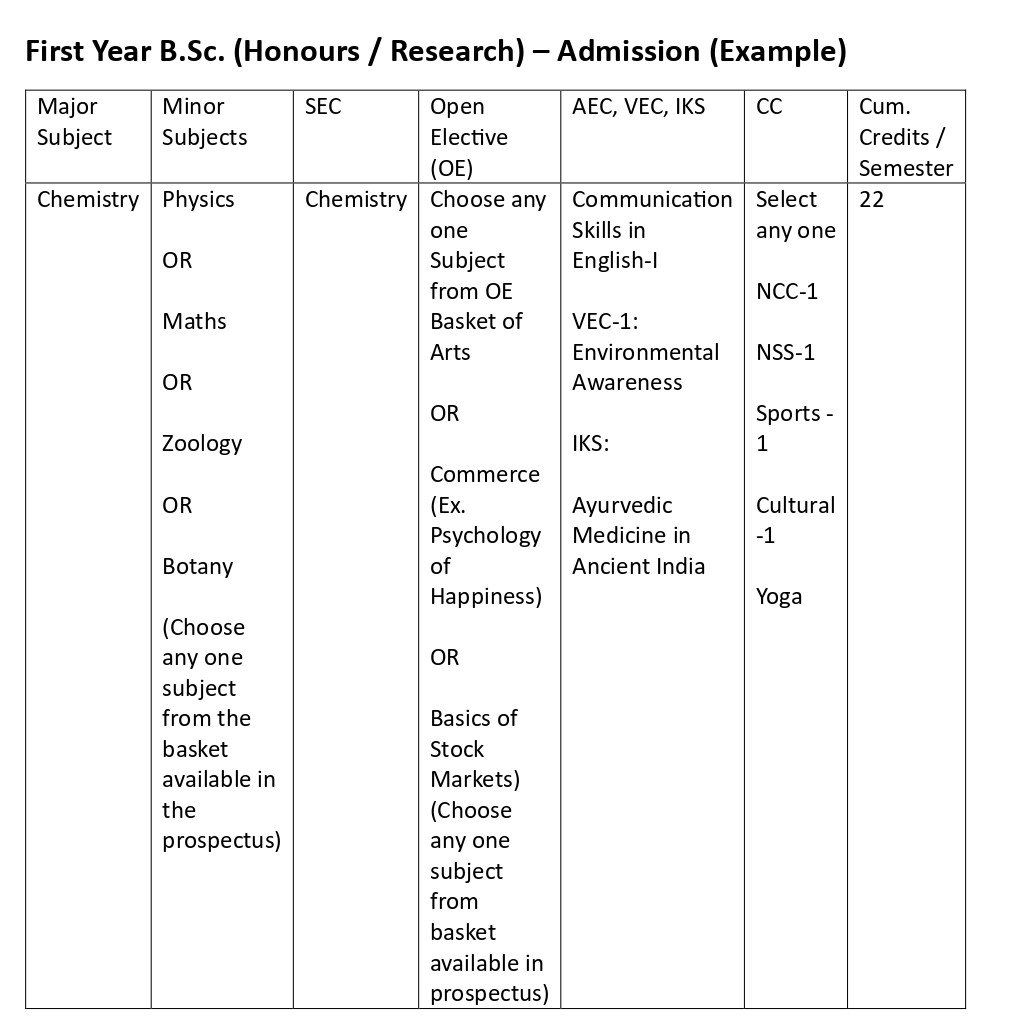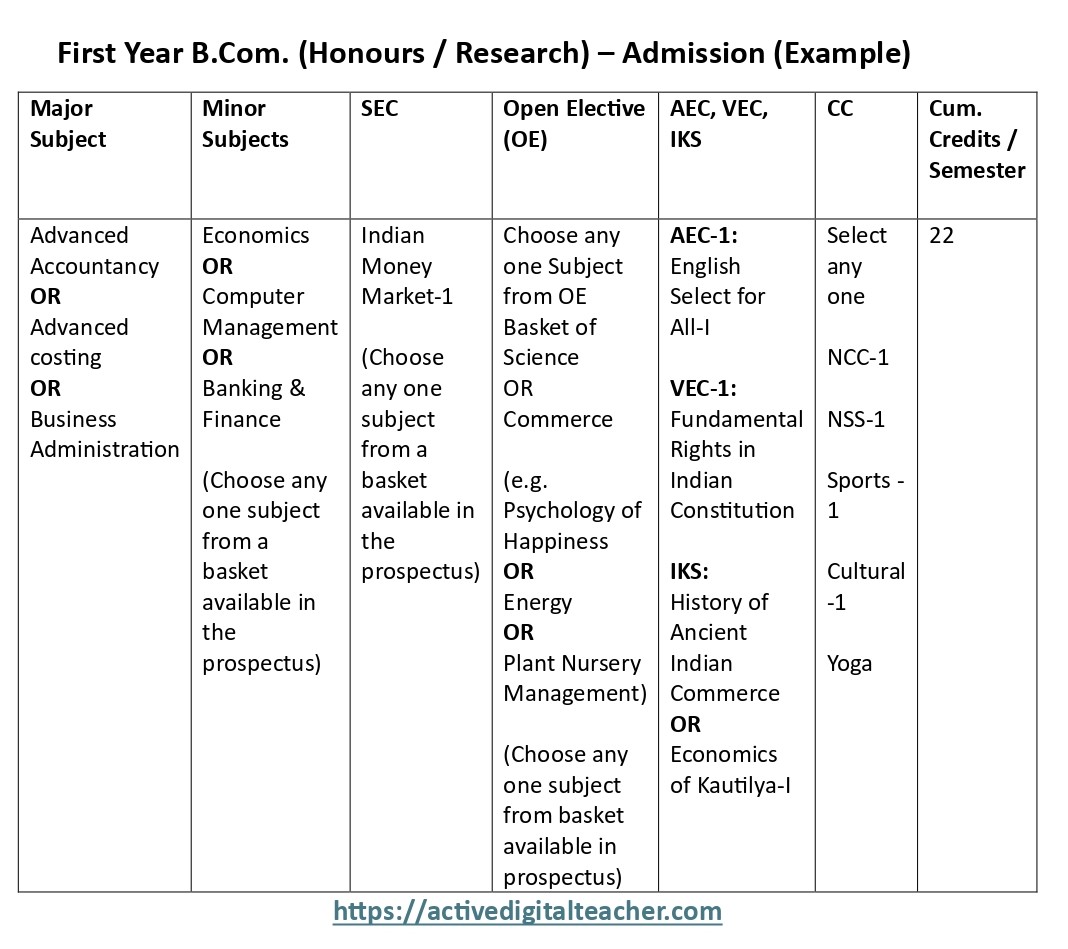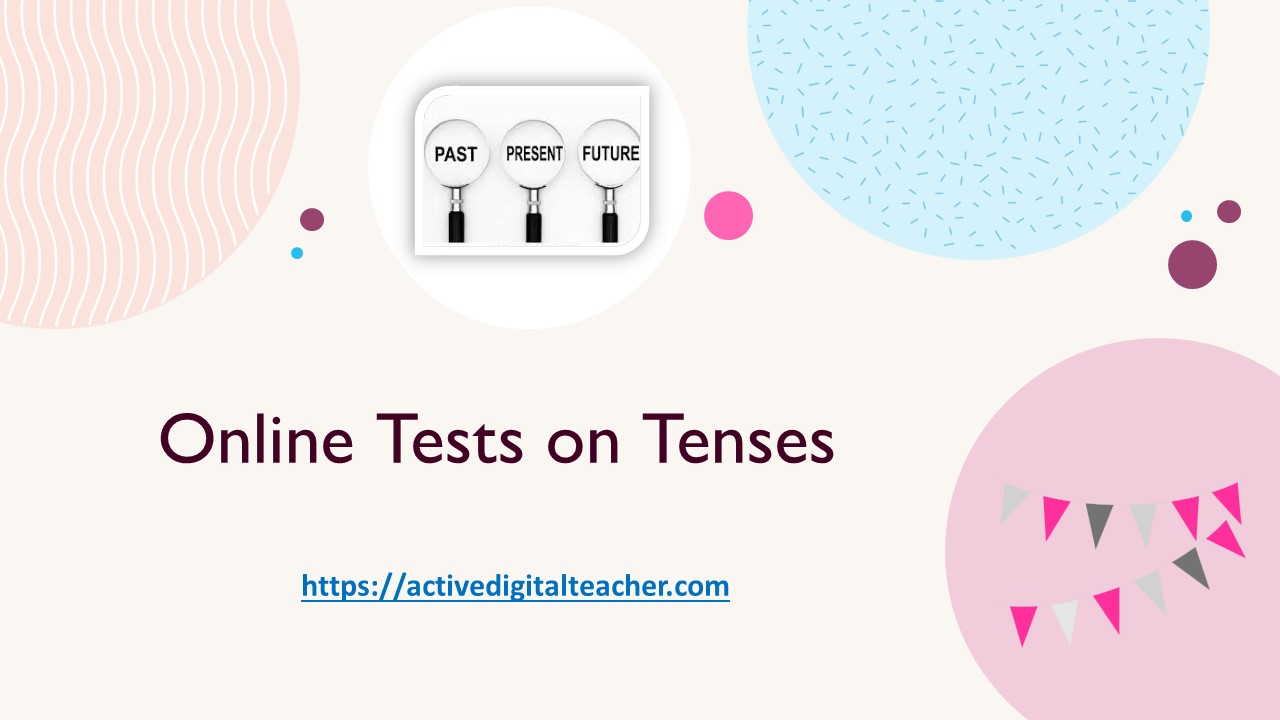NEP For Senior College – Know more
Education Policy
1) To maintain uniformity in the structure, nomenclature, and standards.
रचना, नामांकन आणि मानकांमध्ये एकसमानता राखणे.
2) To address the aspirations, needs and requirements of the Stakeholders.
भागधारकांच्या आकांक्षा, गरजा आणि गरजा पूर्ण करणे.
3) To align with global trends/patterns.
जागतिक ट्रेंड/नमुन्यांसह संरेखित करणे.
The earlier policies-
Daulat Singh Kothari-
| 1) Free Education to children up to 14. 14 वर्षांपर्यंतच्या मुलांना मोफत शिक्षण दिले जाईल. 2) Compulsory learning of Three Language. तीन भाषा अध्ययन अनिवार्य राहील. 3) Spending money on Education upto 6% of GDP. शिक्षणावर खर्च – GDP च्या 6% पर्यत नेणे. |
Acharya Ramamoorthy-
| 1) Modified in 1992. 1992 मध्ये सुधारित करण्यात आला. 2) Special emphasis on removal of disparity and equalise educational opportunity. विषमता दूर करून शैक्षणिक संधी समान करण्यावर विशेष भर. 3) Operation Blackboard to improve Primary Education प्राथमिक शिक्षण सुधारण्यासाठी ऑपरेशन ब्लॅकबोर्ड चा समावेश. 4) Common entrance exam for admission to professional courses. व्यावसायिक अभ्यासक्रमांच्या प्रवेशासाठी सामायिक प्रवेश परीक्षा. |
NEP-2020
Emphasis on holistic experiential, discussion and analysis-based learning.
समग्र अनुभव, चर्चा आणि विश्लेषण-आधारित शिक्षणावर भर.
Curricular and pedagogical restructuring-
अभ्यासक्रम आणि अध्यापनशास्त्रीय पुनर्रचना-
10+2 → 5+3+3+4
3 ears UG 4 years (FYUG)
Groups-
| Secondary | 4 Years (Class 9-12) | Ages 14-18 |
| Middle | 3 Years (Class 6-8) | Ages 11-14 |
| Preparatory | 3 Years (Class 3-5) | Ages 8-11 |
| Foundational | 2 Years (Class 1 & 2) 3 Years (Anganwadi Preschool) | Ages 6-8 Ages 3-6 |
The NEP 2020 Journey
| MHRD formed a committee in 2017, headed by Dr. K. Kasturirangan for preparing the National Education Policy. |
| The committee submitted its report on 31st May 2019. |
| The Union Cabinet approved the policy on 29th July 2020. |
National Credit Framework (NCrF)
1) Single meta framework.
एकसंघ सर्वसमावेशक आराखडा.
2) Encompasses all qualification frameworks.
सर्व पात्रता धारकांचा आराखड्यात समावेश.
3) Integrates academics, vocational, skills and experiential learning.
शैक्षणिक, व्यावसायिक, कौशल्ये आणि अनुभवात्मक शिक्षण एकत्रित करणे.
4) Enables assignment, accumulation, storage transfer and redemption of credits.
नेमून दिलेले काम, संचय, संचयन हस्तांतरण आणि क्रेडिट्सची पूर्तता सक्षम करणे.
5) Removes distinction between general and vocational education, establishes equivalence and allows mobility.
सामान्य आणि व्यावसायिक शिक्षणातील भेद काढून टाकणे व समानता स्थापित करणे तसेच गतिशीलतेस वाढविणे.
6) The NCrF would be operationalised through the Academic Bank of Credits (ABC)
शैक्षणिक बँक ऑफ क्रेडिट्स (ABC) द्वारे NCrF कार्यान्वित केले जाईल.
Credit Levels
| Credit | Class |
| 1 | V Standard |
| 2 | VIII Standard |
| 4 | XII Standard |
| 4.5 | First Year Undergraduate (FYUG) |
| 5.0 | First Year Undergraduate (FYUG) |
| 5.5 | First Year Undergraduate (FYUG) |
| 6.0 | FYUG or Two-Year PG |
| 6.5 | Two Year PG |
| 7 | Two Year PG |
| 8 | Ph.D. |
Credit-
| Total notional learning hours/year = 1200 | एकूण काल्पनिक शिक्षण तास/वर्ष = 1200 |
| 1200 hrs = 40 Credits | 1200 तास = 40 क्रेडिट्स |
| 30 hrs = 01 Credit | 30 तास = 01 क्रेडिट |
Learning hours include formal, informal and nonformal education शिकण्याच्या तासांमध्ये औपचारिक, अनौपचारिक आणि अनौपचारिक शिक्षण समाविष्ट आहे
| Formal = Classroom / Lab learning | औपचारिक = वर्ग / प्रयोगशाळा शिक्षण |
| Informal = Interaction with friends, through books, websites, in groups, society etc. | अनौपचारिक = मित्रांशी संवाद, पुस्तके, वेबसाइट्स, गट, समाज इ. |
| Non formal = Community education or life-long education, skill development. | अनौपचारिक = सामुदायिक शिक्षण किंवा आजीवन शिक्षण, कौशल्य विकास. |
Break-Up of Credits
Credit is a unit by which the course work (Theory/Practical/Training) is measured.
क्रेडिट हे एक एकक आहे ज्याद्वारे अभ्यासक्रमाचे कार्य (सिद्धांत/प्रात्यक्षिक/प्रशिक्षण) मोजले जाते.
One Credit equals to—-
| Theory | 15 learning hours / Sem |
| Practical | 30 learning hours / Sem |
| Experiential learning (Studio/Workshop/ Seminars/Field based activities) | 45 learning hours /Sem |
| Internship | One week (30 hours/Sem) |
Duration of a semester 13-15 weeks, resulting in the award of one credit.
सेमिस्टर म्हणजे 13-15 आठवड्यांचा कालावधी असेल व ते पूर्ण केले तर एक क्रेडिट मिळेल.
What is FYUG?
FYUG: Four Year Under Graduate
| 3 Year UG program (Conventional) | 4 Year UG program (In line with global trend) |

About 4th Year of FYUG-
- It will not be allowed as a natural growth.
- Colleges with 3-year degree program will seek permission for extension following the standard procedure.
- Colleges having PG in the same major, however, will be allowed to continue without any additional procedure.
- In such case, the fourth year of UG and first year PG will have common syllabus.
- Similarly, colleges with approved PG and Ph.D. research centre will be allowed to offer FYUG (Honors with research degree)
The FYUG Credit Structure
Credit Framework under Three/Four-Years UG Programme with Multiple Entry and Multiple Exit options:
एकाधिक प्रवेश आणि एकाधिक निर्गमन पर्यायांसह तीन/चार वर्षांच्या UG प्रोग्राम अंतर्गत क्रेडिट आराखडा:
The structure of the Three/Four-year bachelor’s degree programme allows the opportunity to the students to experience the full range of holistic and multidisciplinary education in addition to a focus on the chosen major and minors as per their choices and the feasibility of exploring learning in different institutions.
तीन/चार वर्षांच्या बॅचलर डिग्री प्रोग्रामची रचना विद्यार्थ्यांना त्यांच्या आवडीनुसार निवडलेल्या प्रमुख आणि गौण विषयांवर लक्ष केंद्रित करण्याबरोबरच संपूर्ण आणि बहुविद्याशाखीय शिक्षणाचा अनुभव घेण्याची संधी विविध संस्थामध्ये देते.
The minimum and maximum credit structure for different levels under the Three/Four-year UG Programme with multiple entry and multiple exit options are as given below:
तीन/चार वर्षांच्या UG कार्यक्रमांतर्गत विविध स्तरांसाठी एकाधिक प्रवेश आणि एकाधिक निर्गमन पर्यायांसह किमान आणि कमाल क्रेडिट संरचना खालीलप्रमाणे आहे:
UG Credit Structure
| level | Qualification Title | Credit Requirements | Semester | Year | |
| Minimum | Maximum | ||||
| 4.5 | UG Certificate | 40 | 44 | 2 | 1 |
| 5.0 | UG Diploma | 80 | 88 | 4 | 2 |
| 5.5 | Three Year Bachelor’s Degree | 120 | 132 | 6 | 3 |
| 6.0 | Bachelor’s Degree-Honours OR Bachelor’s Degree-Honours with Research | 160 | 176 | 8 | 4 |
Read More-
Subject selection examples–
माहिती पुस्तकात विषयांचे वर्गीकरण दाखवण्यासाठी उदाहरणे-
Admission Example-1

Admission Example-2

Admission Example-3

National Education Policy – Click to read more





Important information.
Important and necessary essential information for all working in this educational field
Sir you are giving very excellent information from your side.
Very Nice & Important Information Of New Educational Policy For Students,Parents &Educational Institutions.
Good information